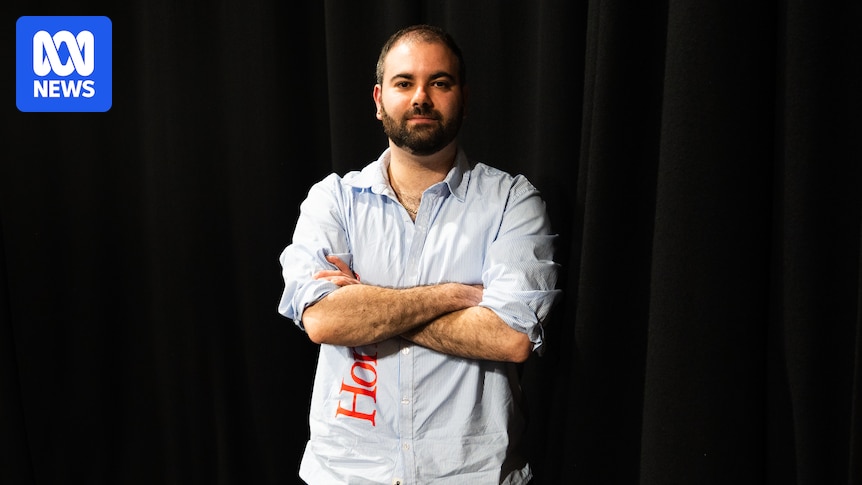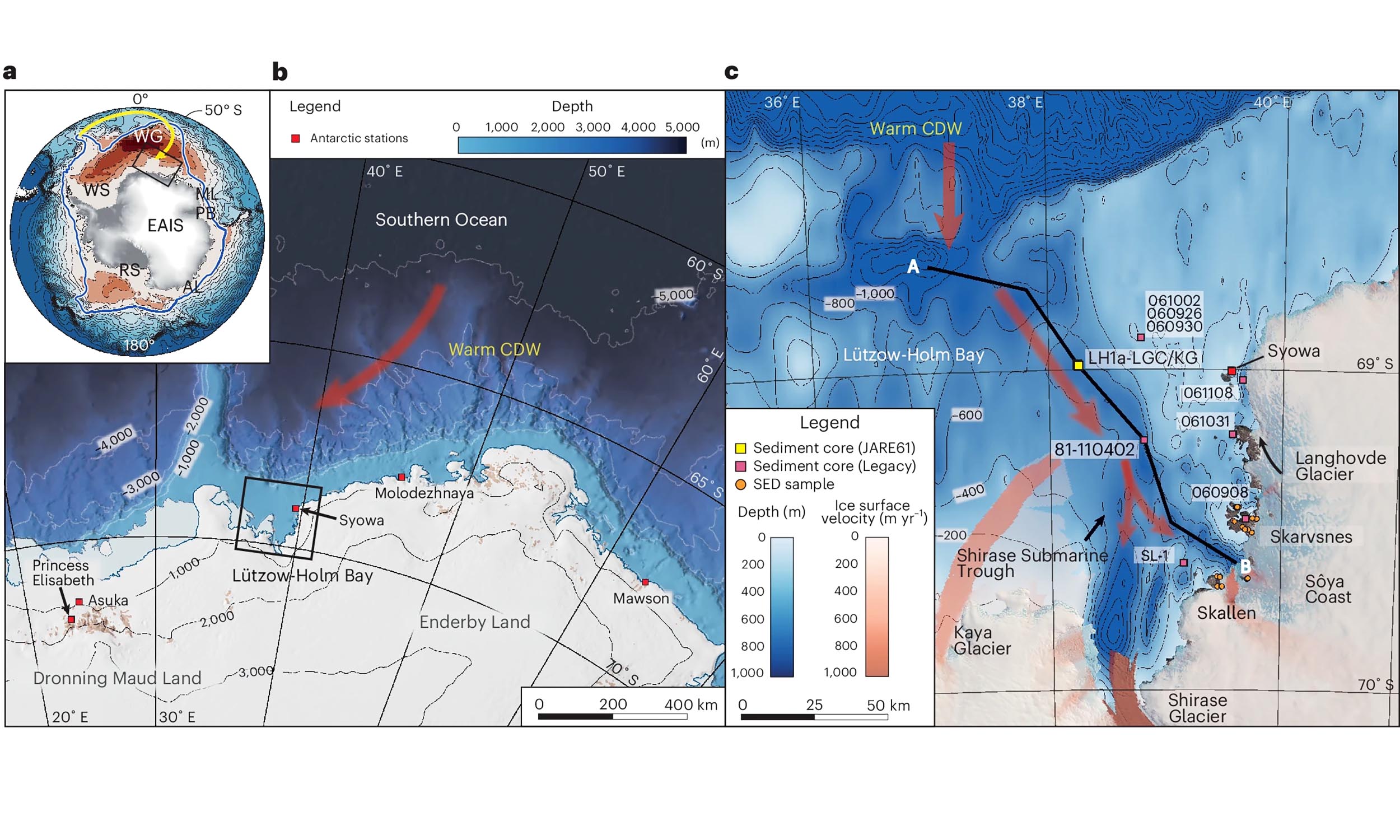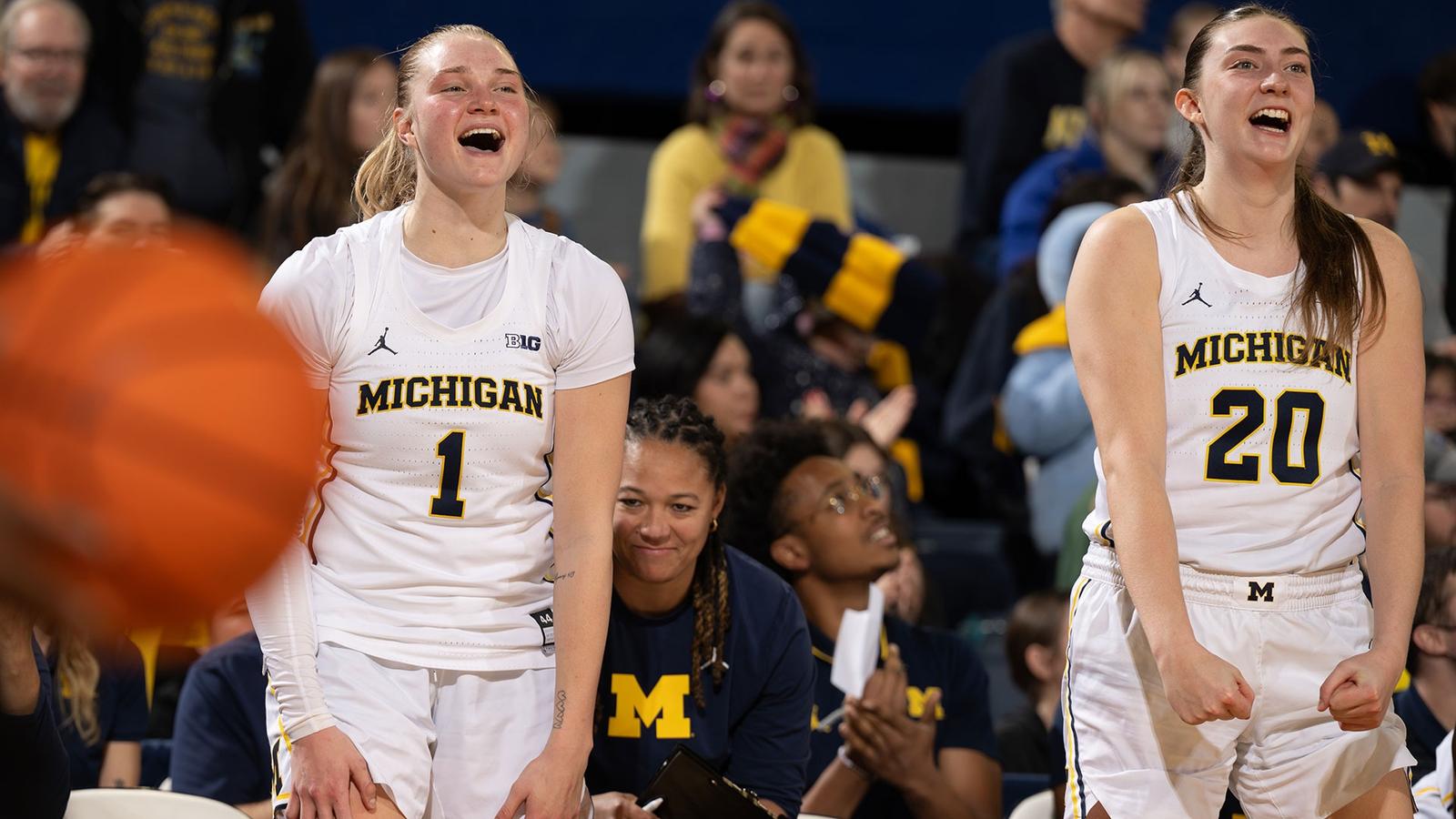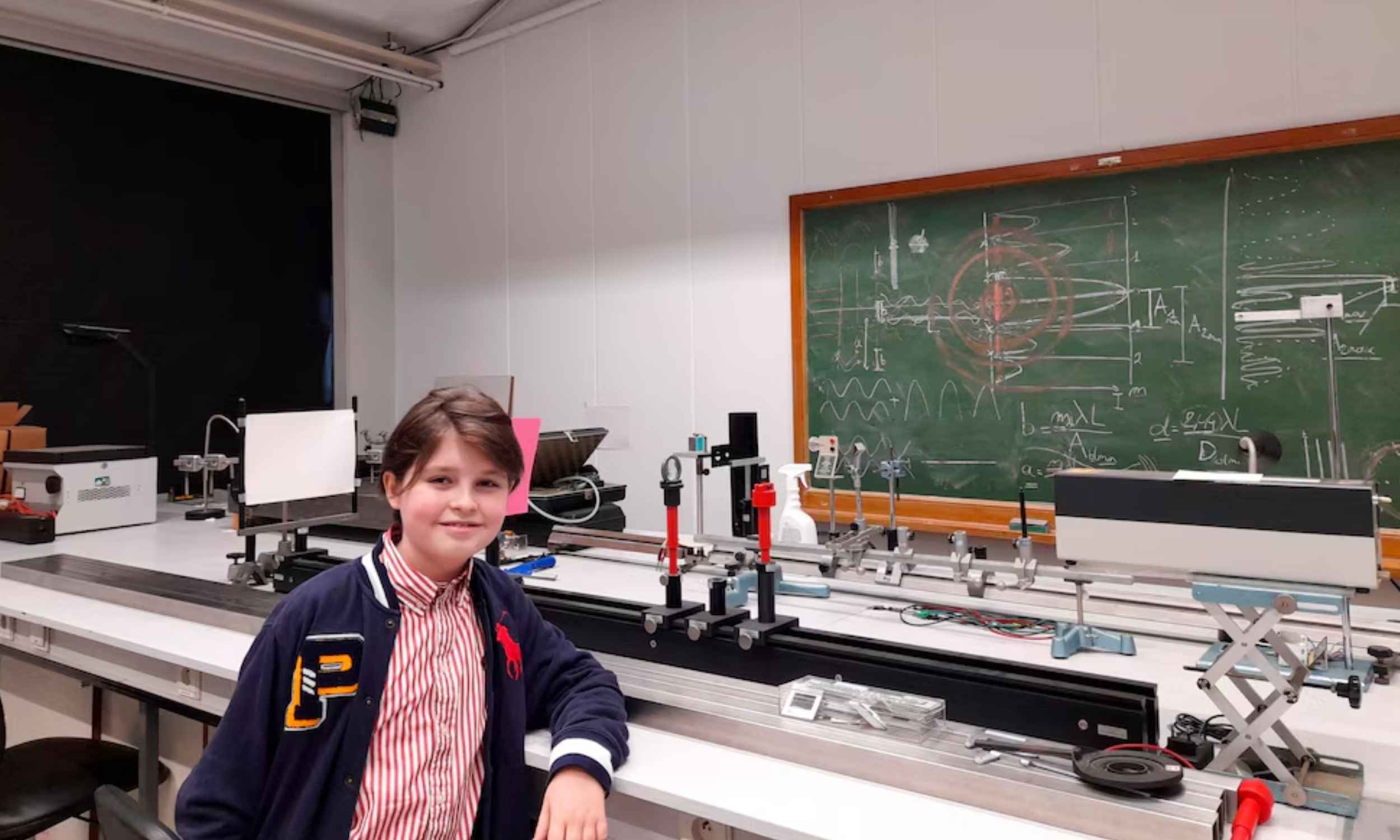Not many people who lose a partner can keep them alive, unless you’re a writer.
Anthony Nocera was at university and doing a subject on electronic writing in 2015 when he decided to combine that with his love life, by testing out dating apps.
It…

Not many people who lose a partner can keep them alive, unless you’re a writer.
Anthony Nocera was at university and doing a subject on electronic writing in 2015 when he decided to combine that with his love life, by testing out dating apps.
It…

Kamara was a limited participant in practice throughout the week with an elbow injury. He first showed up on the injury report with the elbow injury heading into Week 16 as a limited participant and was ruled inactive for the game.


BOONE, N.C. — App State student-athletes extended their streak to 27 consecutive semesters with a…

With the lack of solid snowfall this year so far, celebratory holiday moods in Routt County might seem a bit subdued. Yet, multiple New Year’s Eve events are planned for those who want to lift their spirits and go out to celebrate the end of…

Beauty lovers, this one is for you: Sephora’s Sale on Sale event is here to help you ring in the new year. Sephora Beauty Insiders can now save an extra 20% off sale items, including skin care, hair care and makeup, using the code BONUS20. The…

About 9,000 years ago, part of Antarctica’s eastern ice sheet collapsed astonishingly fast, driven by warmer ocean water. The study focuses on the East Antarctic Ice Sheet, a vast body of land ice in East Antarctica.
Altogether, Antarctica’s…

ANN ARBOR, Mich. — The No. 6-ranked University of Michigan women’s basketball team (10-1, 1-0 Big Ten) will head to the state of Oregon for the first time, traveling to Eugene to face Oregon (12-2, 0-1 Big Ten) on Monday evening (Dec. 29) at…

At 15 years old, Belgian researcher Laurent Simons earned a PhD in quantum physics from the University of Antwerp. He says the degree is a means to a larger goal: building longer, healthier lives by enhancing human biology.
Simons research…